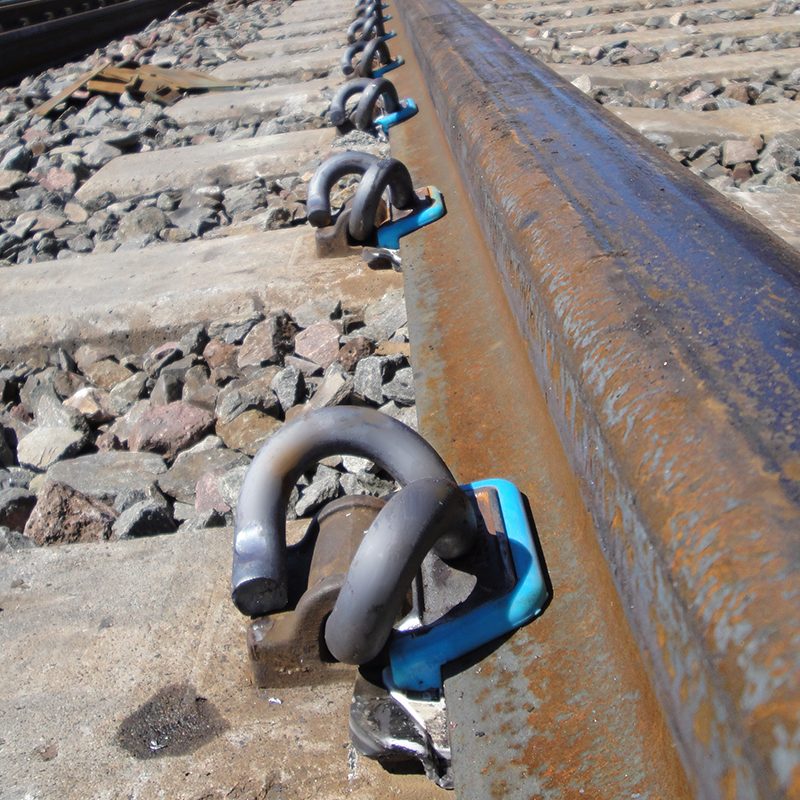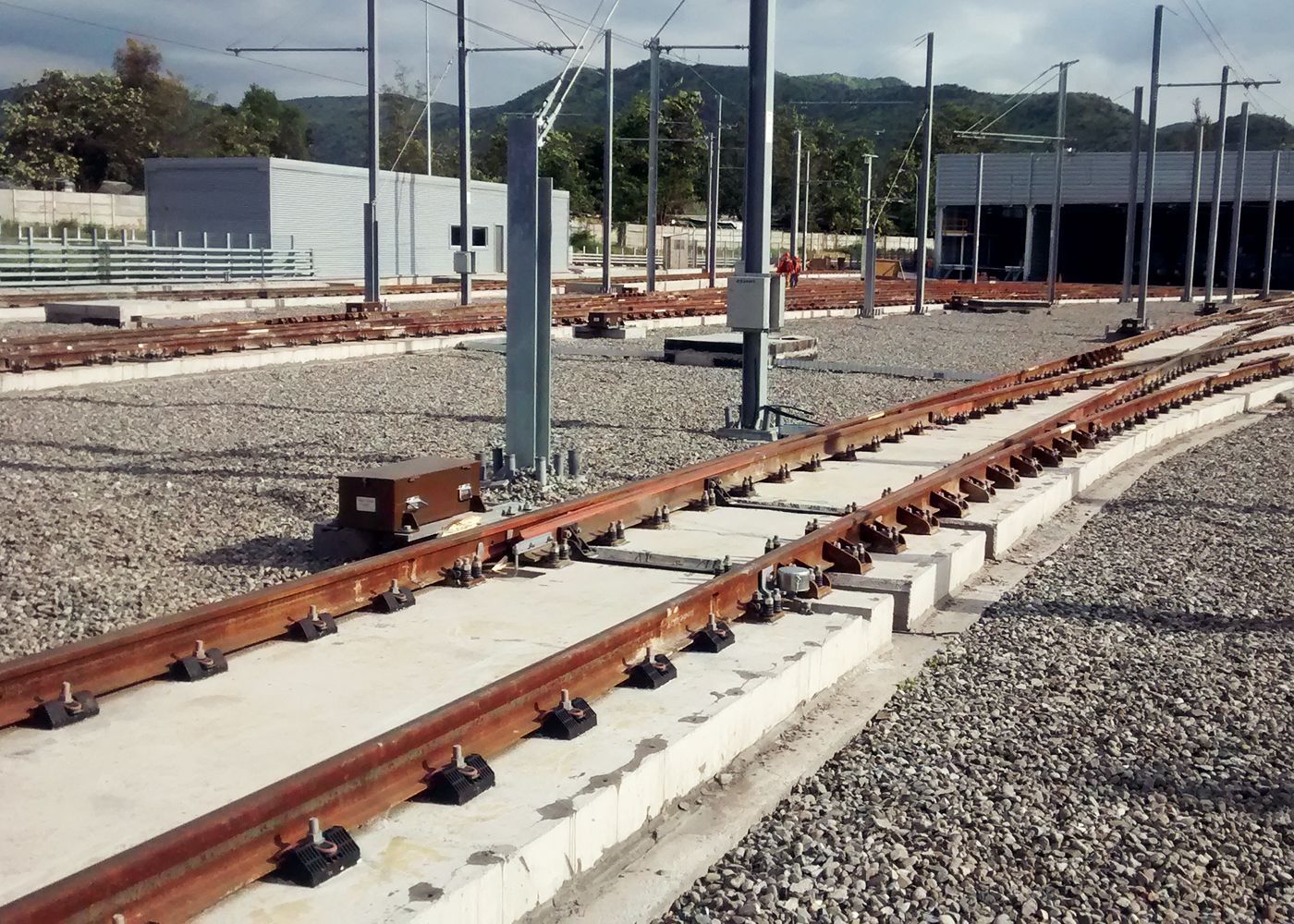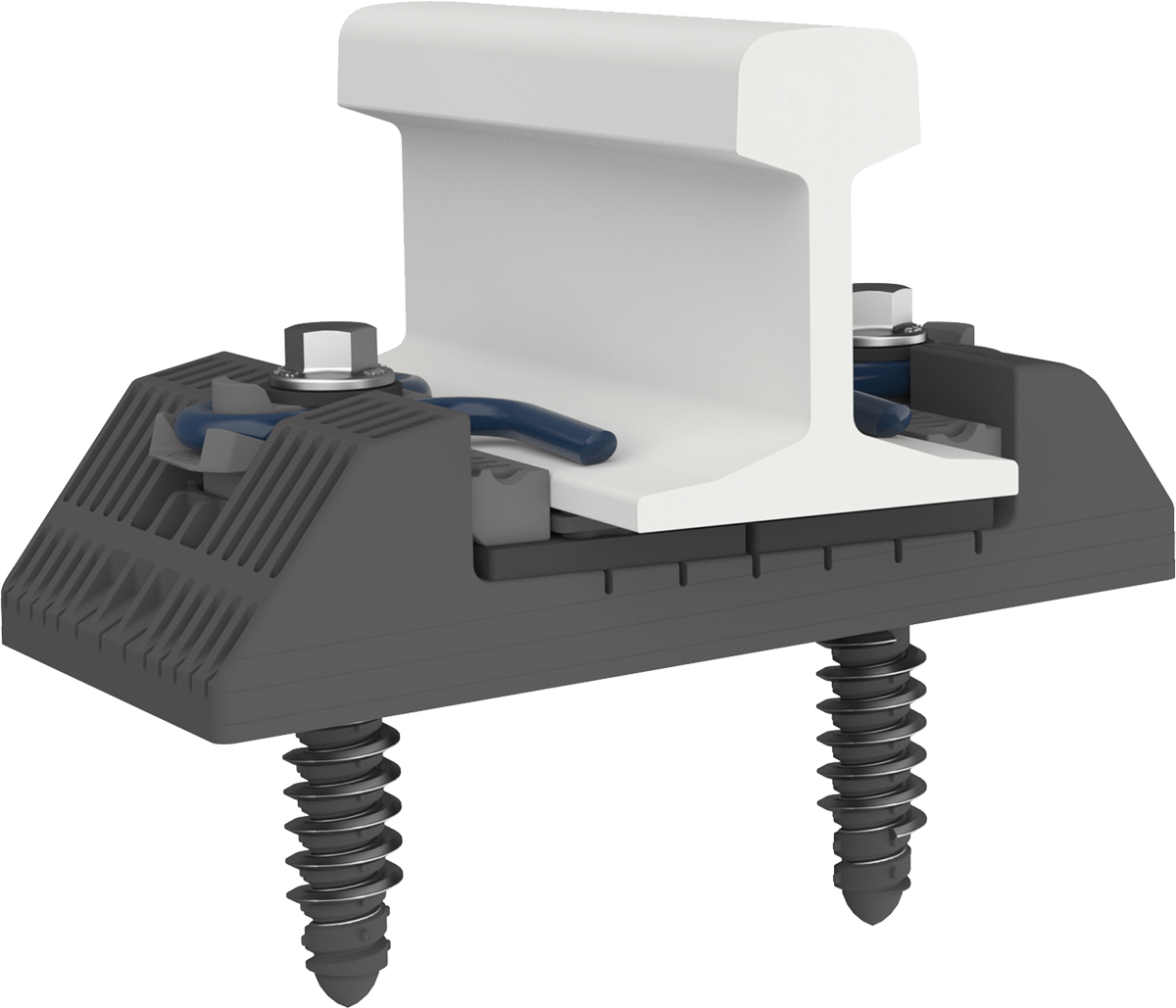SEE-SD
The SEE-SD fastening system is a plastic baseplate version of the SD fastening system, which is designed to be embedded into fresh concrete or by wet-pour methods.
The rail fastening is designed to provide adequate resilience (stiffness) to attenuate the concrete slab and provide large vertical adjustments to the rail position. The system provides a lightweight solution for handling and installation and can be pre-assembled for use with automatic baseplate laying equipment.
Pandrol SD-SEE product overview
Pandrol’s SD-SEE is ideal for use on concrete slab tracks in tramway and urban rail applications, where light structures and fast construction is needed.
- As well as being extremely lightweight, the fastening system naturally yields high electrical insulation
- The SD-SEE System offers a particularly wide range of both vertical and lateral rail adjustment
- The assembly can be configured to suit a range of requirements for stiffness and clamping force. It can be installed using all typical concrete slab track construction methods
- As well as meeting the needs of so called ‘Appitrack’ construction
Downloads
Benefits of Pandrol SD-SEE
Low maintenance
The SD-SEE System enables vertical adjustments to be made quickly, easily and without the need to fully disassemble the fastening. Minimal additional parts are needed; just rail shims and longer screws in extreme cases.
Money saving
The pre-assembled captive fastening units and the simple ‘switch on / switch off’ function mean that very high rates of track construction and maintenance can be achieved. In turn, this results in huge savings in labour, as well as reduced distribution and handling costs during the whole lifecycle of the system.
Less labour
The lightweight SD-SEE assembly can easily be carried and positioned by one person, saving on labour time and costs.
Reduced corrosion risk
As the SD-SEE System has minimal metal components, the risk of corrosion is very low. This makes it an attractive option for ensuring long service life in wet track conditions, such as tunnels or installations close to the coast.
Technical features of Pandrol SD-SEE
Pre-assembled units
The SD-SEE System is usually supplied as captive, pre-assembled units that are ready for top-down track construction methods.
‘Switch on / switch off’ function
The SD clip can be moved simply and quickly from the ‘parked’ position (in which it is held securely without intruding into the rail seat) into the ‘service’ position. With the screw loosened, the clip is simply pushed from one position to the other to either clamp the rail or release it.
Electrical insulation
The SD-SEE baseplate and insulators are made of plastic that provides an exceptionally high level of electrical insulation all around the rail.
Embedded baseplate
The baseplate is partially embedded in the concrete to withstand the lateral and longitudinal loading. Clever engineering allows trapped air and water to escape, ensuring a solid fill of concrete under the rail seat.
Direct fastening
SD-SEE is a direct fastening system – the means-by which the rail is attached to the baseplate is the same as that attaching the baseplate to the supporting base structure.
Track-structure interaction
The SD clips are available in low toe load and a zero longitudinal restraint (ZLR) configuration, typically for use on bridges and viaducts when track-structure interaction effects need to be dealt with in the rail fastening assembly.
Related products

As its name suggests, the assembly fits on a common interface and is fully interchangeable with a range of fastenings, including FCA and DFC.
Vanguard Common Interface
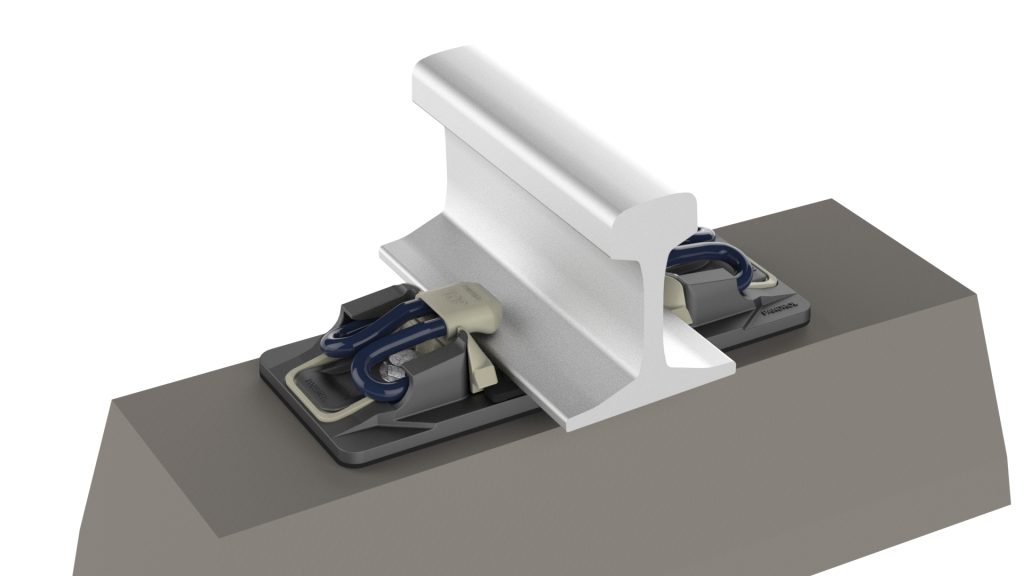
As its name suggests, the fastening assembly fits on a common interface and is fully interchangeable with a range of fastenings, including FCA and Vanguard.
DFC Common Interface
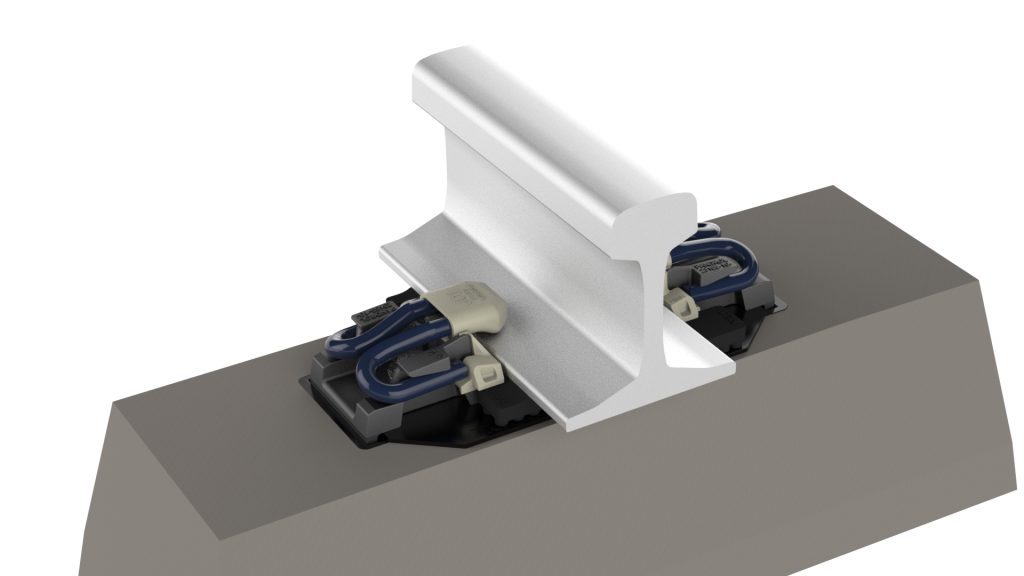
The product can be pre-assembled and delivered to site captive on the pre-cast element, providing substantial cost savings.
FCA Common Interface
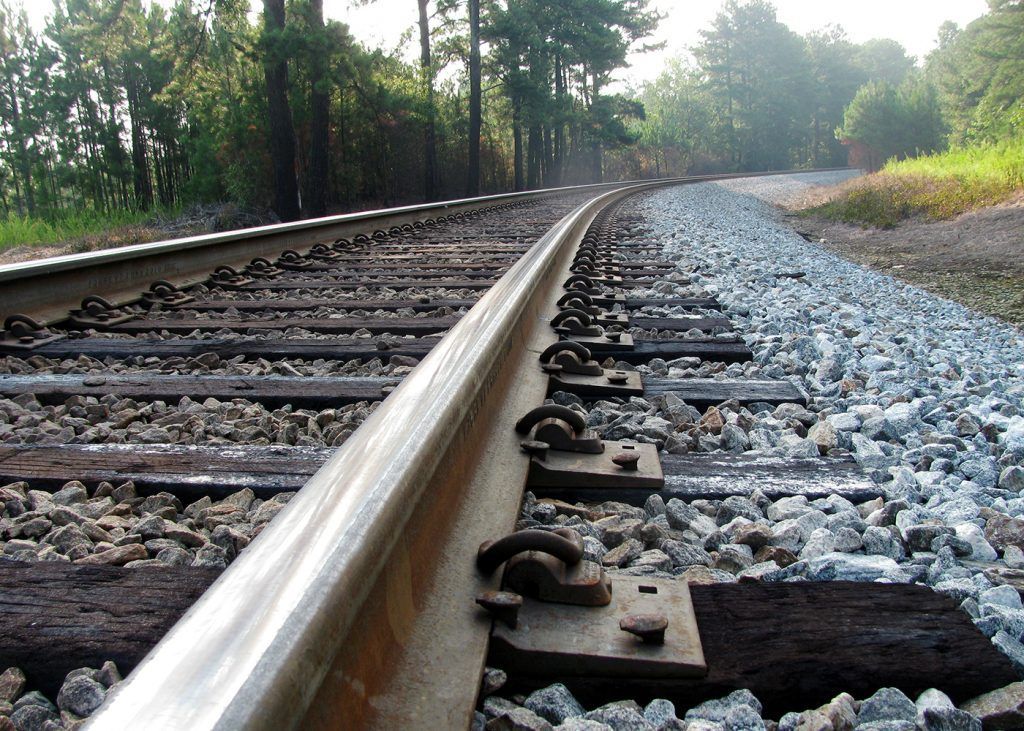
The modern heavy haul railway is a demanding environment, with high locomotive horsepower, dynamic braking, large rail sections and high mega gross tonnes per year.
Victor Baseplate
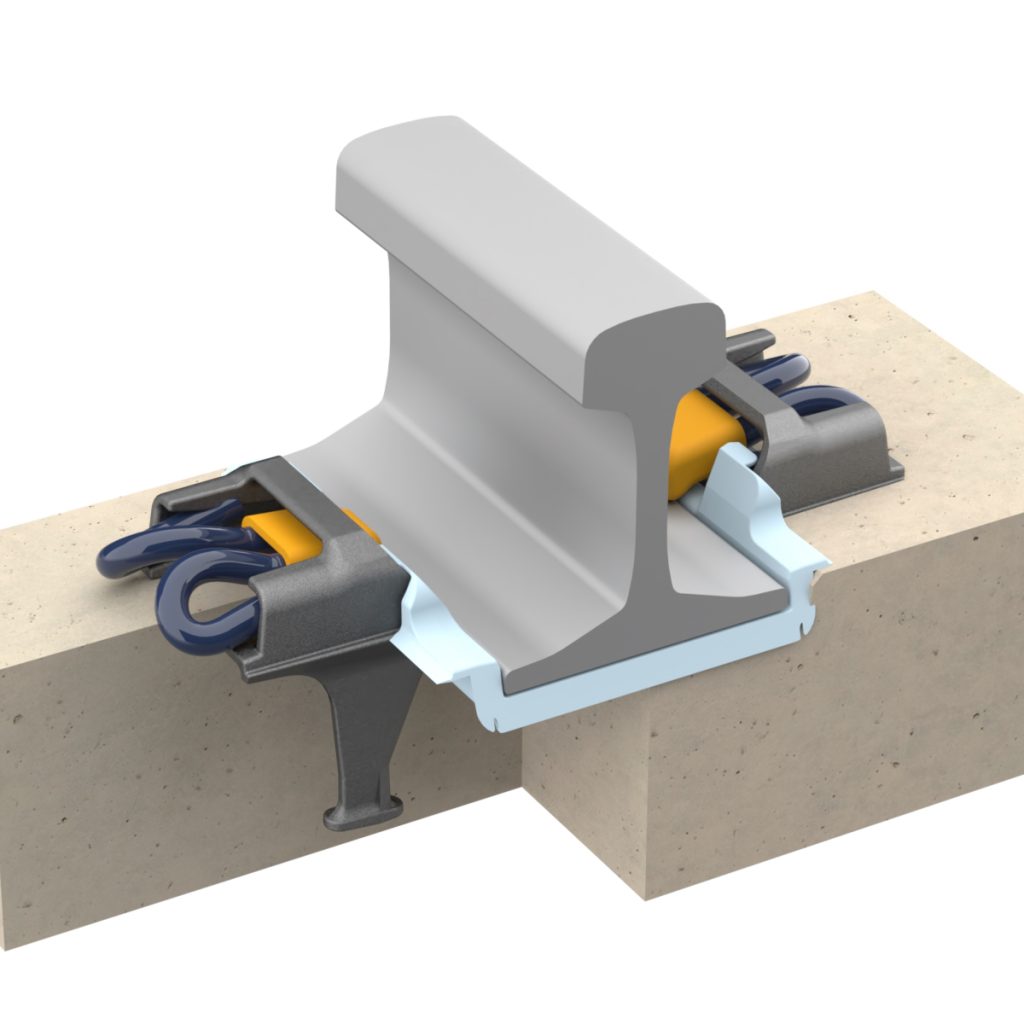
Pandrol’s Fastclip FE RR rail fastening system is designed specifically for extreme heavy haul applications. It is suitable for an axle load of up to 40 tonnes and curve radius down to 150 metres.
Fastclip FE RR
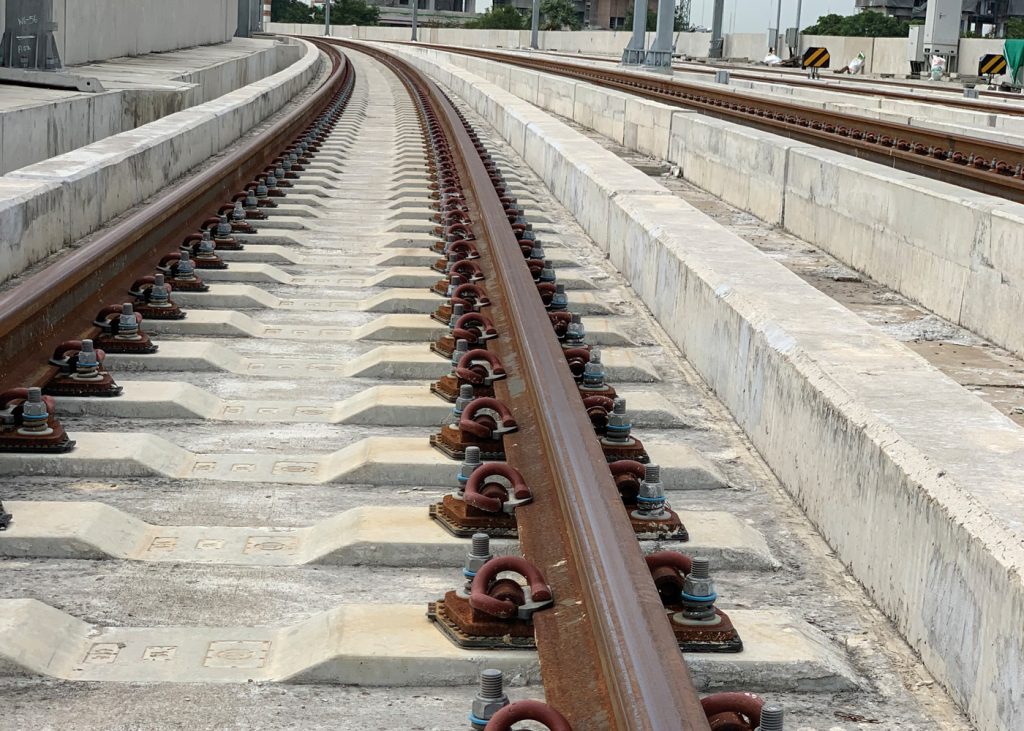
The DRS baseplate is a double-resilience e-clip fastening system that is ideal for use on non-ballasted tracks when ground-borne noise and vibration reduction are required.
DRS Baseplate
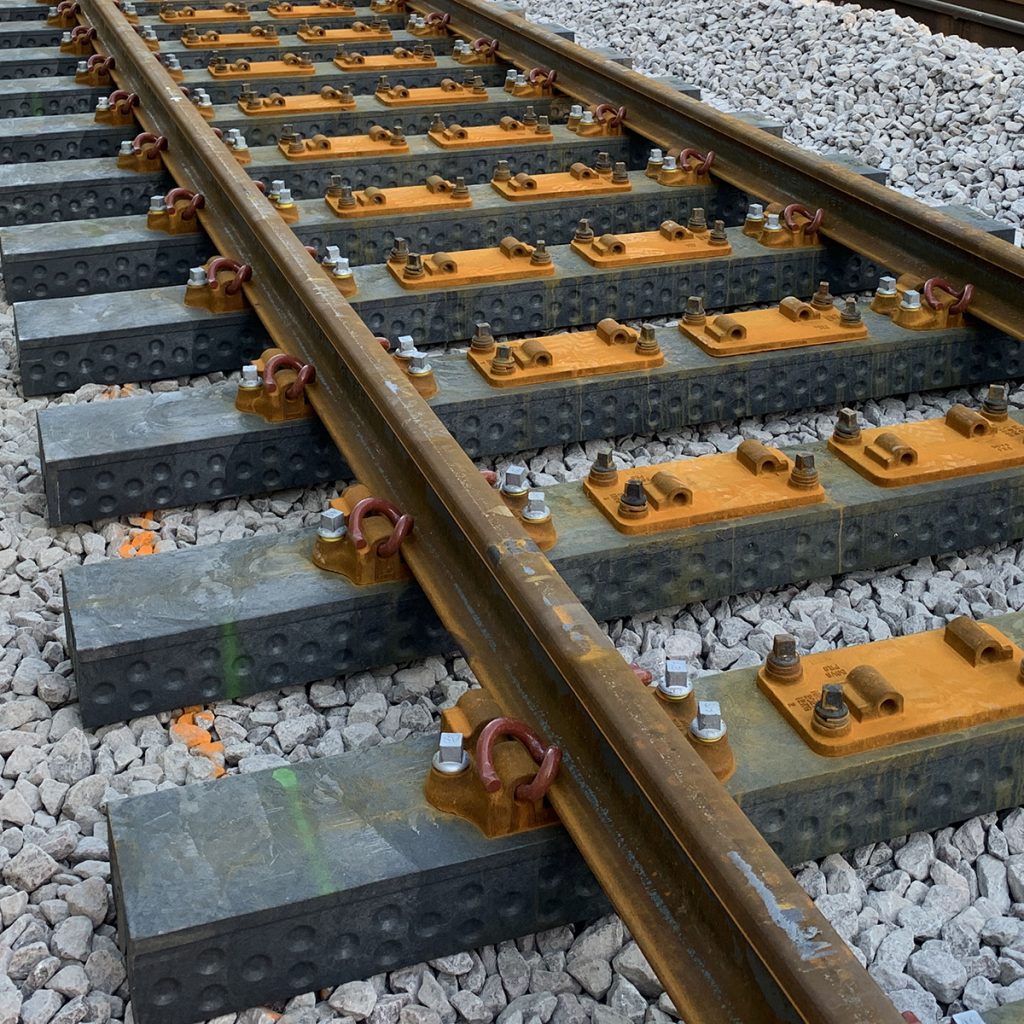
SICUT composite ties and bearers deliver superior performance, enhanced value, and significant environmental benefits compared to wood, concrete, and steel alternatives.
SICUT Composite Ties

Fastclip

SKL

This non-bonded, low-profile system is fully insulated and provides excellent stray current protection.
e-Clip SRS
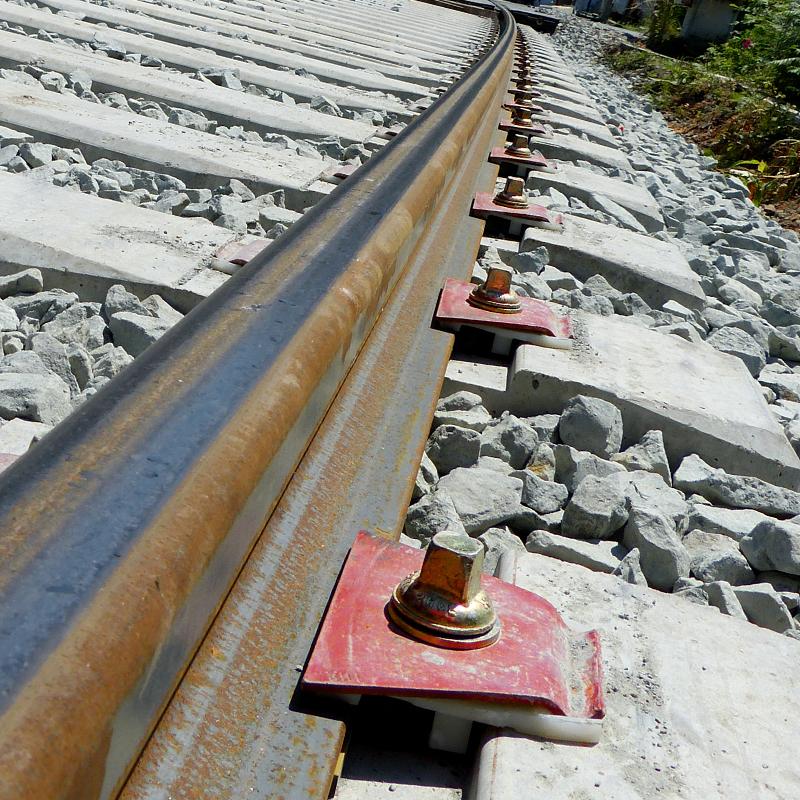
NABLA Evolution is a direct rail fastening system that offers enhanced performance for tracks with tight radius curves. It has been proven in installations for several decades and is recognised for its simple installation and maintenance. By maintaining the track gauge, it significantly increases the life expectancy of assembly components.
NABLA Evolution
